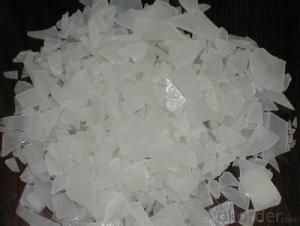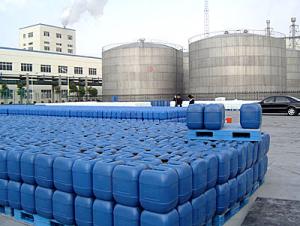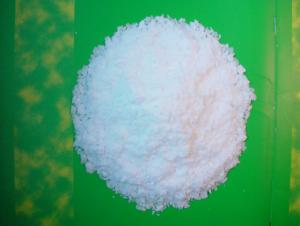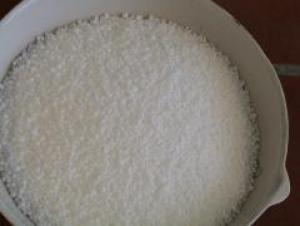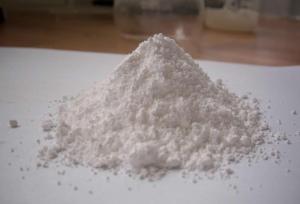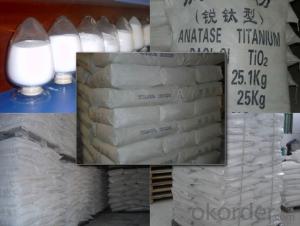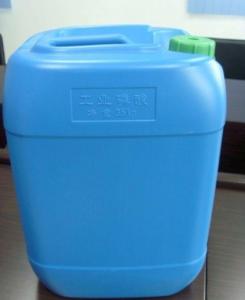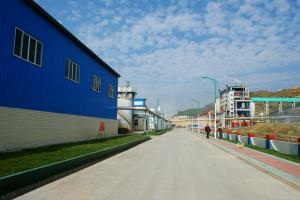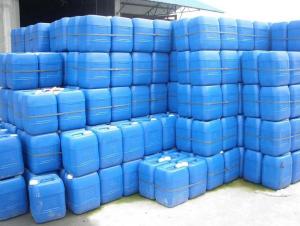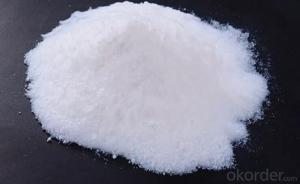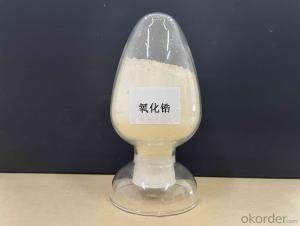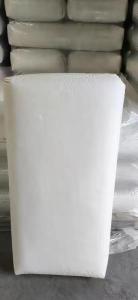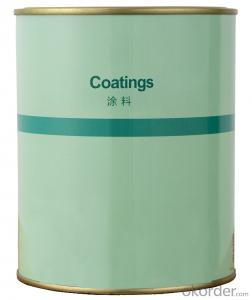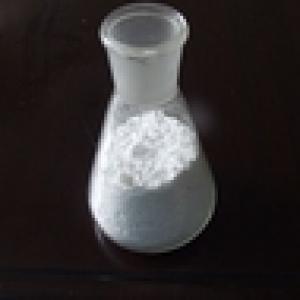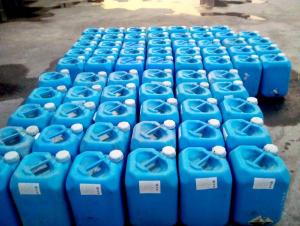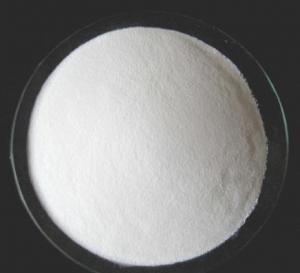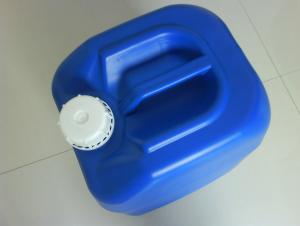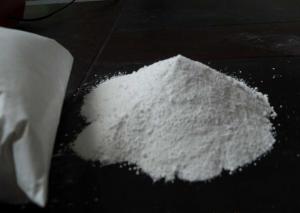low price ferric aluminium sulphate powder
- Loading Port:
- China Main Port
- Payment Terms:
- TT OR LC
- Min Order Qty:
- -
- Supply Capability:
- -
OKorder Service Pledge
OKorder Financial Service
You Might Also Like
Packaging & Delivery
| Packaging Detail: | PP/PE 50kg/bag;25kg/bag;Jumbo bag or according to customers' requirements. 20-25MT will be loaded in per 20'FCL container. |
| Delivery Detail: | Within 15 days after receiving the prepayment or L/C. |
Specifications
Aluminium Sulphate
Molecular Formula:Al2(SO4)3
Purity:Al2O3 15.8% 16% 17%
Shape:Flake,Granular,Powder
CAS NO.10043-01-3
1. Chemical and Physical Properties:
Product name: Aluminium Sulphate or Aluminum Sulfate
Shape: Flakes or Granular or Powder.
EINECS NO.:233-135-0
CAS No.: 10043-01-3
HS.Code: 28332200
Molecular Formula: Al2(SO4)3
Appearance:It is white or grey flake,particle or massive crystallization.
Apt to cake after moisture absorption when laid in air for a long time.A little green because of Fe2+ ,yellow when Fe2+ is oxided to Fe3+.Soluble in water easily,and water solution is acid.
2. Specification:
Standard: HG/T 2225-2001 and HG/T 2227-2004
Items | Specifications | |||
I Type:Low Ferrous/Low Iron | II Type:Non-Ferrous/Iron-free | |||
First Class | Qualified | First Class | Qualified | |
Al2O3 % ≥ | 15.8 | 15.6 | 17 | 16 |
Ferrous(Fe )% ≤ | 0.5 | 0.7 | 0.005 | 0.01 |
Water Insolube % ≤ | 0.1 | 0.15 | 0.1 | 0.15 |
PH (1% aqueous solution) ≥ | 3.0 | 3.0 | 3.0 | 3.0 |
Arsenic(As) %≤ | 0.0005 | 0.0005 | ||
Heavy metal (Pb) %≤ | 0.002 | 0.002 | ||
3.Applications:
Water effluent treatment system
It's used for purification of drinking water and wastewater treatment by settling of impurities by
means of precipitation and flocculation.
Paper Industry
It helps in sizing of paper at neutral and alkaline pH, thus improving paper quality (reducing spots
and holes and improving sheet formation and strength) and sizing efficiency.
Textile Industry
It is used for color fixing in Naphthol based dyes for cotton fabric.
Other Uses
Leather tanning, lubricating compositions, fire retardants; decolorizing agent in petroleum, deodorizer; food additive; firming agent; dyeing mordant; foaming agent in firefighting foams; fireproofing cloth; catalyst; pH control; waterproofing concrete; aluminum compounds, zeolites etc.
4. Package:
Packaging Detail: PP/PE 50kg/bag;25kg/bag;Jumbo bag or according to customers' requirements.
20-25MT will be loaded in per 20'FCL container.
5. Attention and Storage:
The product is liable to absorb moisture and clot due to long-term exposure, so shady, cool and ventilated environment is needed.
- Q:Our home often burn porridge which put a little alkali inside, so delicious, more entrance, eat often harmful to the health of it?
- Simply said, harmful, will damage the body's internal and alkali balance, easy to get sick.
- Q:What is the most important inorganic salt in plant growth?
- The inorganic salts required by plants are nitrogen, phosphorus and potassium containing inorganic salts, and if any lack of plants will affect the normal growth of plants, nitrogen is a component of many important organic compounds in the body, such as protein, nucleic acid, chlorophyll , Enzymes, vitamins, alkaloids and some hormones contain nitrogen. Nitrogen is also the basis of genetic material in all organisms, the most important protein, it is often in the center of metabolic activity.Now is to limit the growth of plants and the formation of the primary Factor. It also has a significant effect on improving the quality of the product.K2 is dissolved in the plant juice, and its main function is related to the metabolism of the plant.The content of phosphorus in the plant is second only to nitrogen and potassium, Phosphorus plays an important role in plant nutrition. Almost all important organic compounds in plants contain phosphorus. Phosphorus is involved in photosynthesis, respiration, energy storage and delivery, cell division, cell enlargement and other processes in plants.
- Q:are there any other foods than water and salt that have an abiotic origin (lifeless, inorganic)?
- Various minerals we need, like iron, zinc, magnesium, etc. That's it. These also are not technically foods, as the first poster said.
- Q:Determination of the existence of inorganic salts in the soil, in the filter, should pay attention to the matter
- A sticker: filter paper close to the funnel wall, so that no bubbles.
- Q:What is the time when the maximum number of inorganic salts is needed
- Potassium is ion-soluble in plant juice, and its main function is related to the metabolism of plants.
- Q:Seaweed, kelp, shrimp and other seafood, the content is more of the kind of inorganic salts
- Inorganic salts in the human body is very small, but the role is very large, if the lack of suffering from the corresponding diseases, such as iodine deficiency susceptible to big neck disease, kelp, seaweed and shrimp and other seafood iodine is rich; More calcium; spinach rich in iron; nuts, liver and other zinc more.
- Q:What is the role of alkali in the surface
- Nutritional analysis: 1. In the process of hair will have a microbial acid, dough after the initiation of acid, must be added to the alkali (carbonate) to acid off in order to produce a delicious pasta; And dark green vegetables due to the excessive spraying of pesticides and organic acids or sulfide, which can keep the original color of vegetables and pesticides to remove the pollution of vegetables; 3. Alkali has a strong role in degreasing, can Remove the oil on the dry goods on the raw material of excess oil; 4. Alcohol can release corn is not easy to release nicotinic acid, so that long-term consumption of corn will not be due to the lack of nicotine in corn and suffering from niacin; The disadvantage is that the food in the vitamin b1, b2 and vitamin c have a strong destructive effect, and will affect the body of certain minerals absorption and utilization, and therefore can not be abused.
- Q:Of the dissolved salts found in seawater, _____ % are minor inorganic salts, or trace.
- it's definitly one of these: 99.28 .72 72 50 i think it's 99.28. lemme no if you get it right!!
- Q:What are the effects of water, inorganic salts, carbohydrates, proteins, fats and vitamins?
- The main physiological functions of carbohydrates (also known as carbohydrates): 1. Supply of heat. (Per gram of sugar can release 4 kcal of calories, is the main source of heat the body.) 2. constitute the body tissue. (All the nerve tissue, cells and body fluids are still carbohydrates.) 3. Can help the oxidation of fat to help the liver detoxification, promote growth and development.
- Q:What are the nutritional requirements for bacterial growth?
- For inorganic salts: bacteria need a variety of inorganic salts to provide a variety of elements of bacterial growth, which requires the concentration of 10.3 ~ 10.4mol / L elements for the common elements, the need for concentration in the
1. Manufacturer Overview |
|
|---|---|
| Location | |
| Year Established | |
| Annual Output Value | |
| Main Markets | |
| Company Certifications | |
2. Manufacturer Certificates |
|
|---|---|
| a) Certification Name | |
| Range | |
| Reference | |
| Validity Period | |
3. Manufacturer Capability |
|
|---|---|
| a)Trade Capacity | |
| Nearest Port | |
| Export Percentage | |
| No.of Employees in Trade Department | |
| Language Spoken: | |
| b)Factory Information | |
| Factory Size: | |
| No. of Production Lines | |
| Contract Manufacturing | |
| Product Price Range | |
Send your message to us
low price ferric aluminium sulphate powder
- Loading Port:
- China Main Port
- Payment Terms:
- TT OR LC
- Min Order Qty:
- -
- Supply Capability:
- -
OKorder Service Pledge
OKorder Financial Service
Similar products
New products
Hot products
Related keywords
